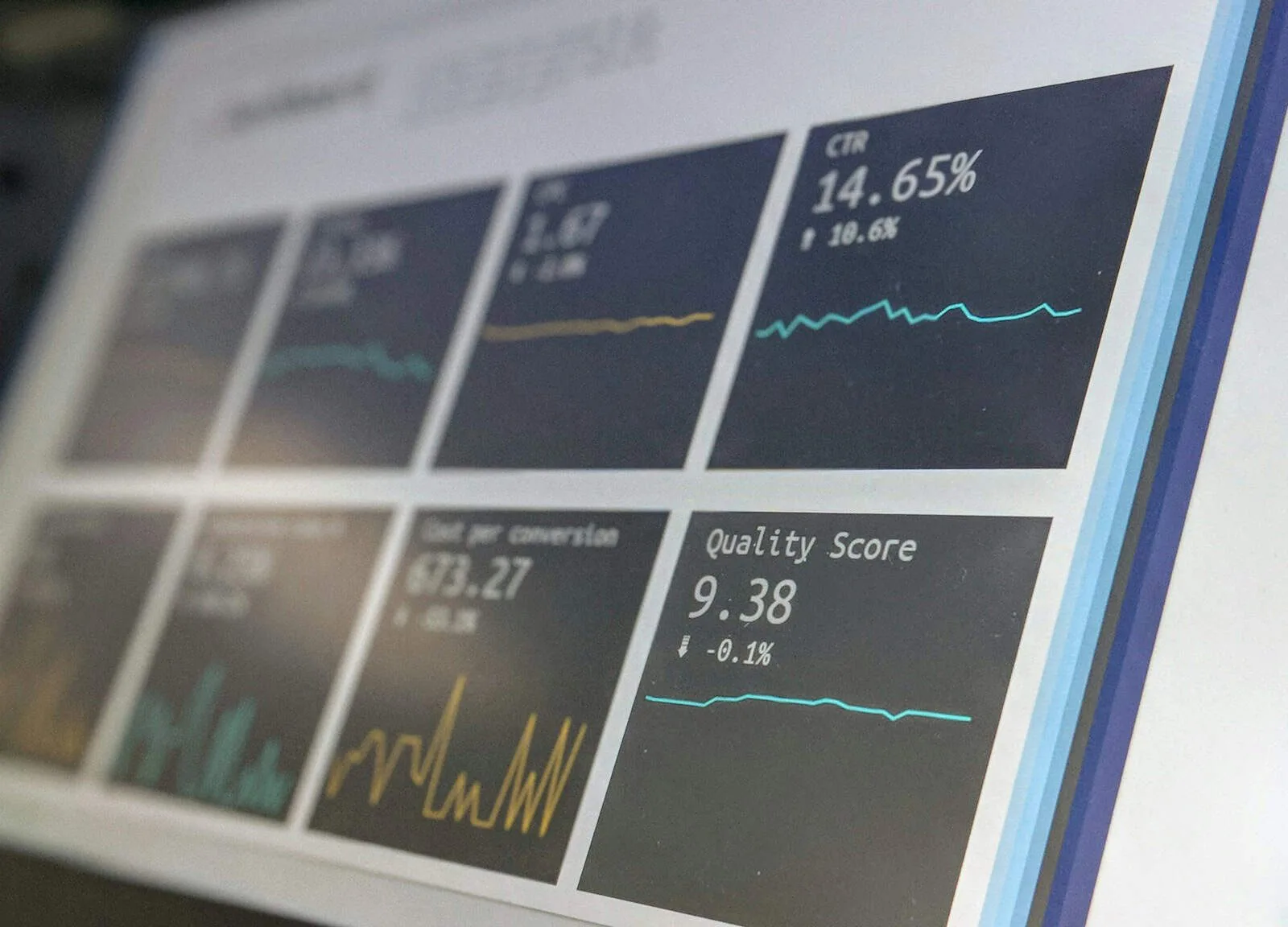Risk mitigation strategies help your business avoid future threats. I’ve watched businesses lose millions by failing to properly mitigate risk. While you can’t remove all risks, you can reduce the risk’s impact. The best strategies allow you to identify, assess, and mitigate risks before they occur.
This protects your business and sets you up for long-term success. So why do these strategies work, and how can you use them?
Understanding Risk Mitigation Strategies

Risk mitigation strategies are one of the most important tools in a business or project manager’s toolkit. These are the tactics we use to lower the probability or impact of various risks. I’ve witnessed firsthand how using these strategies can make or break a project.
There are four primary types of risk mitigation strategies:
- Risk avoidance
- Risk reduction
- Risk sharing
- Risk retention
These strategies are important because they help ensure your business is prepared to handle any potential threats. They also help you prepare for the unexpected while minimizing potential losses.
When you execute effective risk mitigation strategies, you’ll benefit from better decision making, lower financial losses, and improved operational efficiency. You’ll also protect your company’s reputation and earn more stakeholder confidence.
Risk mitigation isn’t just about avoiding problems, either. It’s a proactive strategy that can also create new opportunities for your business. You’ll also be better positioned to take strategic risks and drive innovation.
Risk Identification and Assessment Techniques

Identifying and analyzing risks is essential, and the following are some common risk identification methods:
- Brainstorming sessions
- Expert interviews
- Historical data review
- Checklists and questionnaires
Once risks are identified, the next step is analyzing them. Common risk analysis methods include:
- Probability and impact matrix
- Failure Mode and Effects Analysis (FMEA)
- Scenario analysis
- Root cause analysis methods
Qualitative risk analysis uses a descriptive scale to evaluate the probability and impact of a risk. Quantitative risk analysis assigns a numerical value to these criteria.
A risk probability impact matrix is a simple visual tool to prioritize risks by their probability and impact. I’ve used this tool many times to help teams focus on the most important risks.
The Five-Step Risk Mitigation Process

The risk management process includes these five steps:
Step 1: Identify risks. Determine what could go wrong in your project or business.
Step 2: Assess and prioritize risks. Evaluate how likely a risk is and the impact it would have. Then rank them in terms of priority.
Step 3: Plan risk responses. Figure out what to do about the highest priority risks.
Step 4: Implement risk responses. Do what you planned to do.
Step 5: Monitor and control risks. Keep an eye on risks and how you’re managing them.
Key implementation tips:
- Involve stakeholders in each step
- Communicate clearly and consistently
- Document everything
- Be agile and change course as needed
- Periodically review and update your risk register.
Developing a Comprehensive Risk Mitigation Plan

A complete risk mitigation plan will include the following details:
- Risk description
- Risk owner
- Mitigation strategy
- Implementation timeline
- Resource requirements
- Key results
Apply the SMART framework to your strategies. This will help make them Specific Measurable Achievable Relevant and Time-bound.
Assigning an owner to each strategy is also important. This person is the one ultimately responsible for executing the strategy.
Ensure the risk mitigation plan rolls up into your overall business or project strategy. This will help guarantee that risk mitigation activities ladder up to your broader business or project goals.
Keep in mind that your plan will change over time. It should be a living document that changes as your business or project changes.
Tools and Techniques for Effective Risk Mitigation

Risk management software: Risk management software can automate many of these processes. Most risk management software includes features for risk identification assessment, and monitoring.
Scenario analysis: Scenario analysis allows you to consider various potential situations. You can then model what you would do in each situation.
Decision trees: Decision trees are a visual representation of various potential decisions and their consequences. Use a decision tree when you encounter a complicated situation with many variables.
Monte Carlo simulation: Monte Carlo simulation is an advanced technique for quantitative risk analysis. It uses probability distributions to model any variable where you are uncertain about the value.
Key Risk Indicators (KRIs): KRIs are metrics that indicate a potential risk might occur. In other words, a KRI provides an early signal that you might experience a risk event.
These tools have transformed risk management. They allow deeper insights and more accurate predictions than ever.
Industry-Specific Risk Mitigation Strategies

Each industry has its own set of risks and therefore requires a unique risk mitigation strategy.
The financial industry values diversification, as spreading investments across different asset classes lowers risk. It also uses hedging as a risk mitigation strategy to protect against market fluctuations.
The construction industry’s top risk mitigation strategy is safety protocols. Quality control is another risk mitigation strategy to avoid project delays and cost overruns.
The IT industry’s primary concern is cybersecurity and data risk. This includes using various risk mitigation strategies such as encryption, firewalls, and security audits.
The manufacturing industry’s top risk mitigation strategy is supply chain risk management. It uses various risk mitigation strategies like diversifying suppliers, managing inventory, and demand planning.
The retail industry’s primary strategy for risk mitigation is inventory management. It also uses another risk mitigation strategy, customer satisfaction, to avoid reputational risk.
Each industry has a different strategy to think about. You just have to identify your unique risks and select the appropriate strategy.
Overcoming Common Challenges in Risk Mitigation

Resource constraints are a major pain point in risk mitigation. The solution is simple: Prioritize. Allocate your limited resources to the highest impact risks.
Improving risk identification processes necessitates a culture change. Foster a culture of open communication and recognize employees who proactively report risks.
Improved communication across teams is critical. Schedule regular meetings with cross-functional teams and establish a clear reporting structure.
Resistance to change is another pain point. Involve stakeholders early in the process, and clearly communicate why risk mitigation will benefit them.
Ensuring people actually follow through with risk mitigation strategies requires someone to hold them accountable. If you don’t have someone filling this role, make sure to set clear expectations and check in regularly on progress.
Continuous improvement in risk management activities is paramount. Learn from each risk and use this information to improve your approach.
Best Practices for Ongoing Risk Monitoring and Management

Building a risk management culture is essential. It needs to be the core essence of your organization, rather than just a checkmark.
Frequent risk assessments ensure your strategies remain applicable. The business landscape changes constantly, so your risk management strategy should change along with it.
Using technology to monitor risks in real time allows you to spot risks and threats earlier. As a result, you can respond more quickly and effectively.
Training your employees to be more risk aware is a must. Every team member should know his or her role in risk management.
Analyzing each event after the fact allows you to learn from your successes and failures. Then, use those insights to improve your strategy.
Changing your strategies to fit the business landscape ensures they’re still effective. Be open to adjusting your strategy if the business landscape changes.
Remember, risk management is a continuous process. It requires constant iteration and optimization. But the return on investment is more than worth it.
To enhance your risk management capabilities, consider implementing crisis response planning as part of your overall strategy. This will help you be better prepared for unexpected events and minimize their impact on your business.
Parting Thoughts
Risk management is essential to business success. I’ve watched companies completely revamp their business operations by executing a sound strategy. The five step process I detailed enables you to address risks systematically. Just continue to re-evaluate and adjust your strategy.
With the proper software and industry strategies, you’ll feel confident overcoming any challenge. Consider risk management an ongoing strategy. It’s your ticket to long-term sustainability and scale.






